Rare diseases are called rare for the simple reason that very few people are affected by these. The number may vary as per the governing laws of the country. For example, in America, a disease is said to be rare if it affects fewer than 2,00,000 people. Whereas, the European Union defines rare diseases as those that affect less than 1 in 2000 people in the general population.
Rare diseases are chronic, life-threatening, and often progressive in nature. They may even be genetic; and in this condition, not an individual but several members of a family may have the same condition.
Following is the list of some of the rarest among rare diseases. Read on to know the top rare diseases you never knew existed.
Stone-man Syndrome
Fibrodysplasia ossificans progressive (FOP) is called the stone-man syndrome in non-medical terms. The syndrome may affect 1 in every 2-million people. This is a progressive rare disease in which the connective tissues such as tendons, muscles, and ligaments gradually turn into bones. This typically starts from the neck area and proceeds to the lower parts of the body. A second skeleton grows over the original skeleton of the person. Needless to say, the person affected by the disease loses movement and practically turns into a ‘stone’.
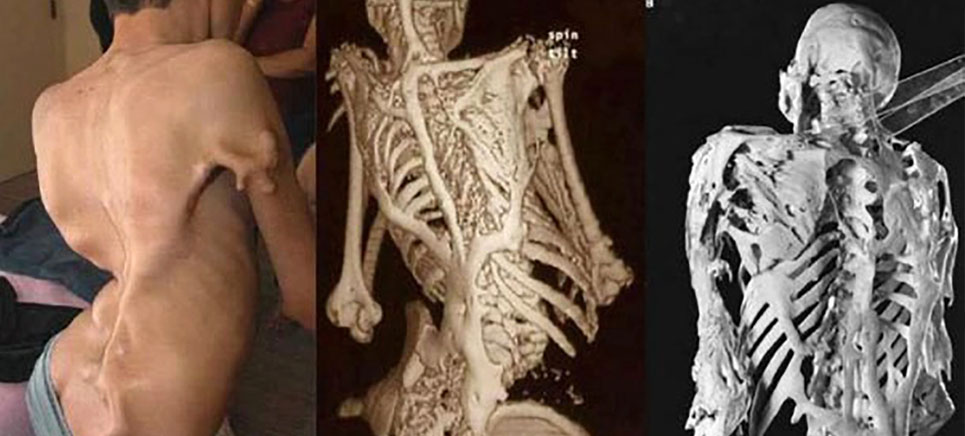
Currently, there’s no cure for the disease. In fact, any surgical procedure or intervention to control or restrict the bone growth triggers it and the speed of connecting tissues turning into bone increases manifold. Even a fall or accident stimulates the bone growth in the affected individual.
Hutchinson-Gilford Progeria Syndrome (HGPS)
Commonly known as Progeria, the HGPS is a rare disorder that affects 1 in every 8 million live births. Children born with HGPS live till their mid-teens to the early twenties. HGPS manifests itself in the form of various symptoms that together leads to the very early aging of the affected individual. The affected child starts to look old very early and as told above, dies very early too.
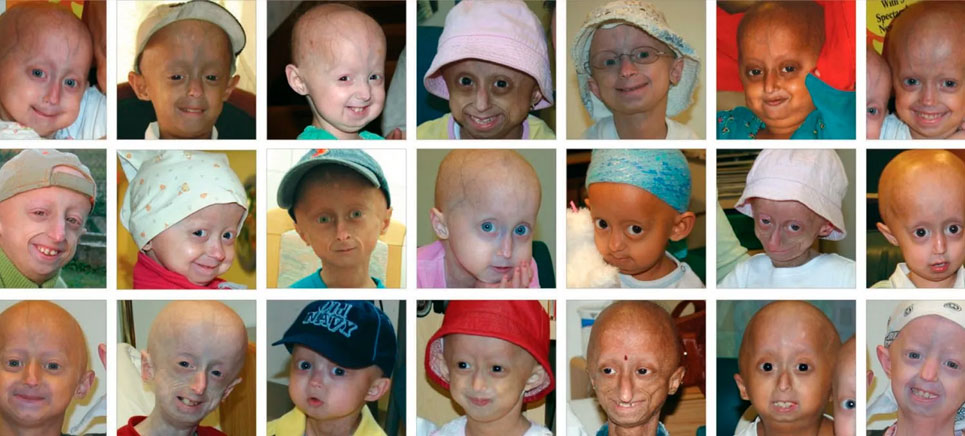
The symptoms of HGPS include:
- Wrinkles and aged-looking skin
- Alopecia or loss of hairs
- Joint abnormalities
- Loss of fat under the skin
- Loss of eyesight
- Weakening of the bone or brittle bones
- Kidney failure, etc.
Again, HGPS has no known cure to date.
Water Allergy
Medical science recognizes water allergy as Aquagenic Urticaria. It is one of the rarest diseases in the world. It is said to have affected only 30 individuals to date. Interestingly, this rare disease is not caused by any genetic reasons or birth defects. It develops due to a hormonal imbalance brought about by delivering a child. The affected woman cannot get her skin wet or drink water because she becomes allergic to water.
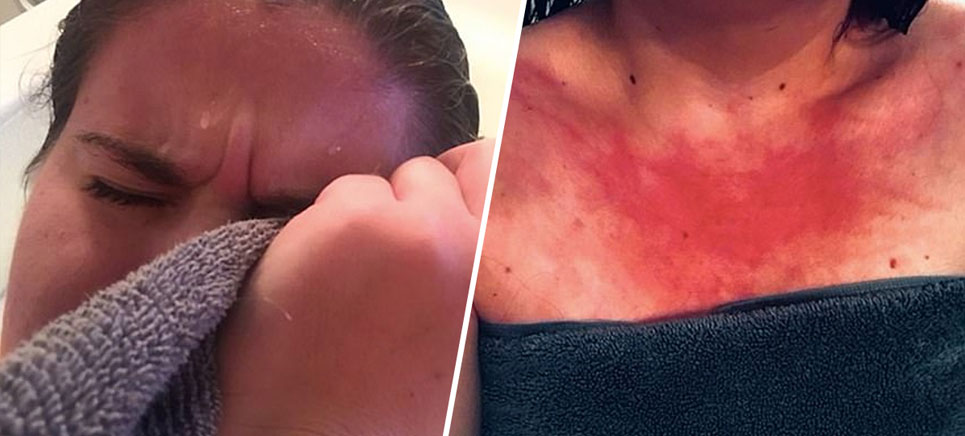
A recent case of water allergy was that of a 21-year old woman in the UK. After delivering her child she became hypersensitive to water. She could bathe for only 10-seconds in a week and drank only diet coke. Water caused painful burning rashes on her body.
Foreign Accent Syndrome
Imagine waking up someday speaking in the accent of some foreign land you never visited? Well, this wild imagination has been a reality for about 60 individuals who got affected with the Foreign Accent Syndrome. The first case of this rare disease was reported in 1941 by a Norwegian woman who was ostracized from her community as she suddenly developed a strong German accent.
Some brain abnormalities lead to changes in pitch and other irregularities that cause a person’s accent to change abruptly. Without visiting a foreign land the person affected by Foreign Accent Syndrome develops an accent that is strikingly different from his/her native accent.
Tree-man Syndrome
Epidermodysplasia verruciformis is the scientific name for the Tree-man Syndrome. It is a hereditary skin disorder linked with a high risk of skin cancer. The sufferers of the condition are abnormally susceptible to human papillomaviruses (HPVs) of the skin. The uncontrolled infection results in an abnormal growth in hands and feet resembling tree bark. These abnormal growths can be surgically removed but there’s no way to prevent them from growing again.
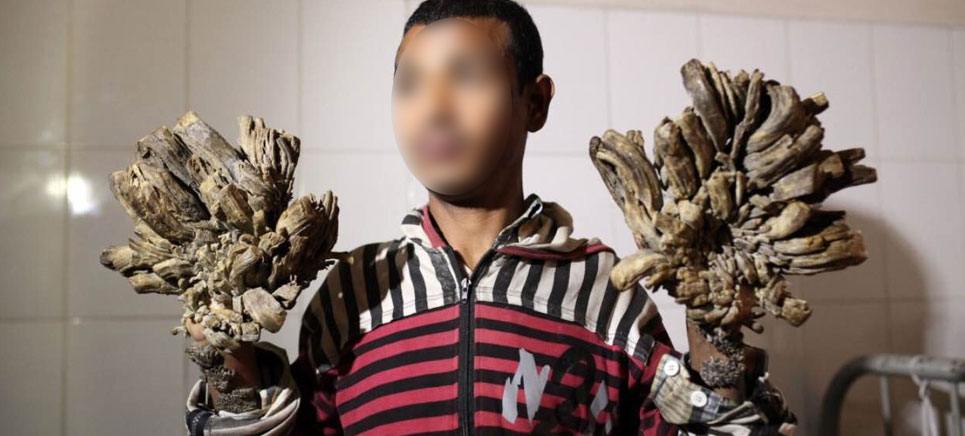
Auto-Brewery Syndrome
The auto-brewery syndrome is also called gut fermentation syndrome because the gut of the person ferments carbohydrates to produce pure alcohol i.e. ethanol. In other words, the gut of the affected person functions as a brewery when fed with carbohydrate-rich food. Thus, the person feels intoxicated and has to deal with hangovers without consuming alcohol. Though there’s no cure for this syndrome but the affected person can manage it. He/She may manage the condition by consuming food that is rich in protein and low in carbohydrates.
Ochoa Syndrome
The Ochoa Syndrome is a very rare disease that affects a person’s facial expression and urination. The most typical symptom of this syndrome is the ‘inversion’ of facial expressions. When a person with Ochoa Syndrome tries to laugh they end up giving frown-like or scowling facial expressions. The person often faces difficulty in controlling their bowel and bladder movement. The urine often travels up and accumulates in the kidneys often leading to kidney failure. The affected person often cannot close their eyes completely while sleeping.
Situs Inversus
This is one of the rare rare-disease that does not cause much trouble to the affected person and there’s no need to search for a treatment. It is a genetic condition in which a child is born with one or many vital organs situated on the opposite side as they normally should be.
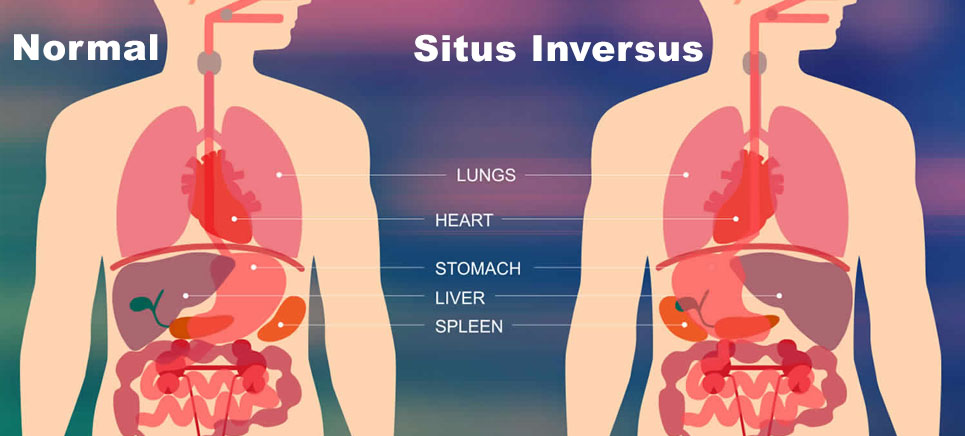
For example heart in a person affected with Situs Inversus may be located on the right side or below the stomach.
Use the citation below to add this article to your bibliography
"Rarest of the Rare Diseases You Never Knew Existed." Wecapable.com. Web. May 30, 2025. <https://wecapable.com/rare-diseases-list/>
Wecapable.com, "Rarest of the Rare Diseases You Never Knew Existed." Accessed May 30, 2025. https://wecapable.com/rare-diseases-list/
"Rarest of the Rare Diseases You Never Knew Existed." (n.d.). Wecapable.com. Retrieved May 30, 2025 from https://wecapable.com/rare-diseases-list/

Leave a Reply